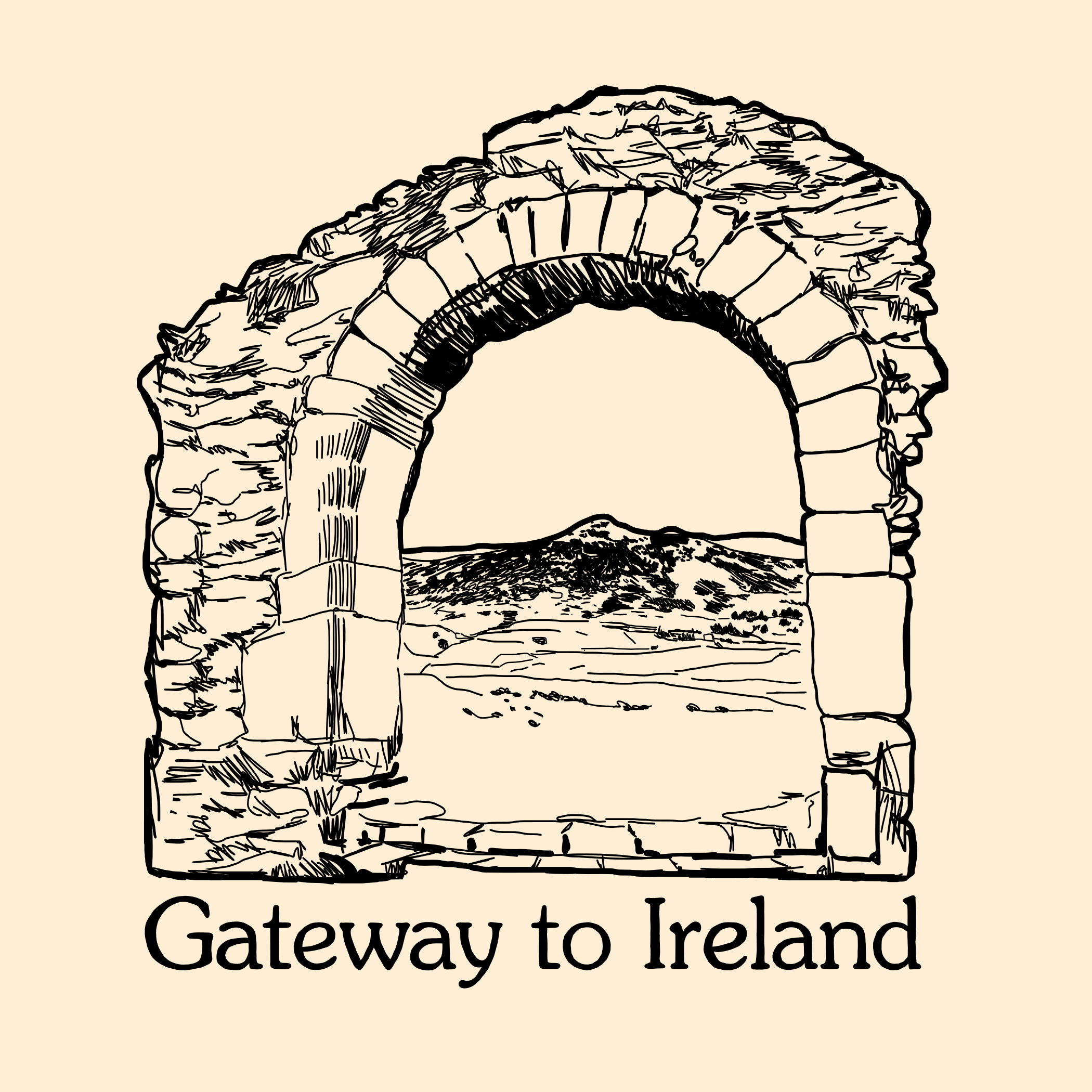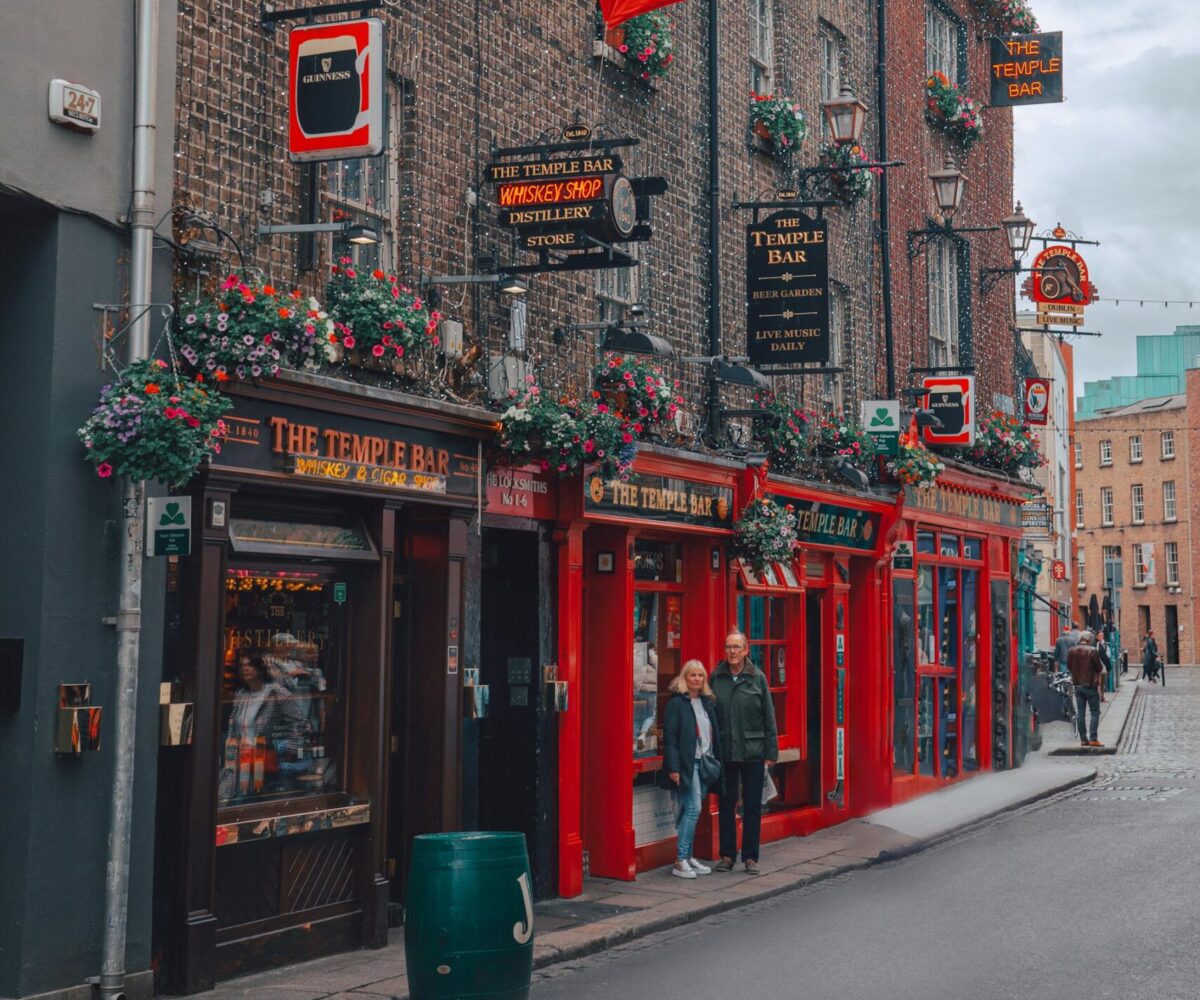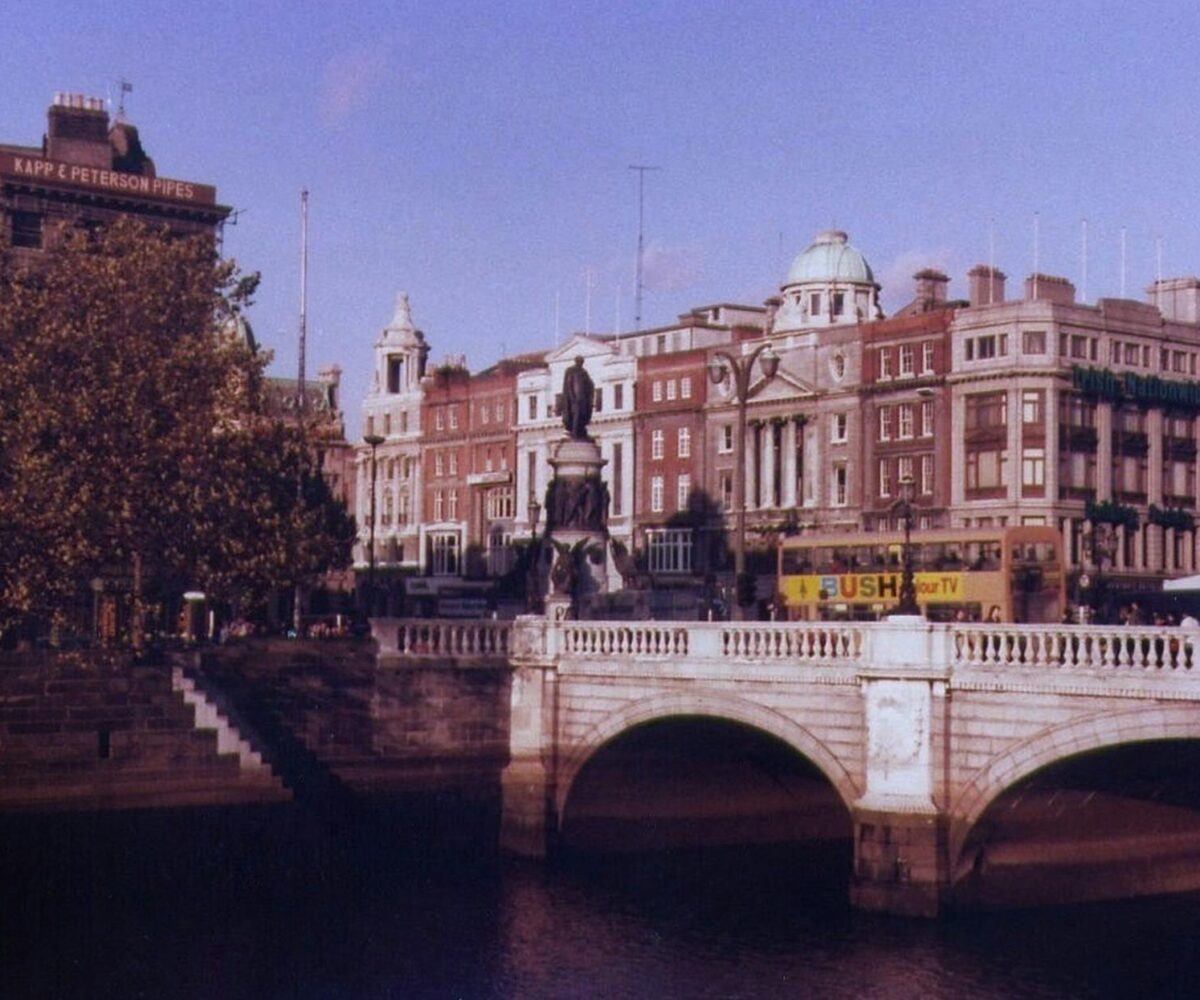The Highlights of the Tour
- The Spire
- The General Post Office
- O’Connell Street Bridge
- Temple Bar
- Irish Film Institute
- Dame Lane
- Molly Malone Statue
Tour Details
THE SPIRE
- The Monument of light – An Tur Solais
- Winner of an architecture design competition which was part of the regeneration of O’Connell Street.
THE GPO – GENERAL POST OFFICE
- It’s a working post office since its opening in 18182.
- One of the oldest post offices still operating in the world.
- It’s the most important building in all Ireland history.
- It was the main strong hold of the Irish Volunteers in the 1916 rising.
- The iconic General Post Office in Dublin was designed by Francis Johnston in the Greek Revival Style in 1814.
- The building was destroyed by fire in the course of the rebellion, save for the granite facade, and not rebuilt until 1929, by the Irish Free State government.
- It was from outside this building on 24 April 1916, that Patrick Pearse read out the Proclamation of the Irish Republic.
O’CONNELL STREET BRIDGE
- The bridge is wider than it is long by a mere 5 meters.
- It is the most well-known bridge in Dublin.
- It is a road bridge spanning the river Liffey.
- It connects the south side shopping area of Grafton Street with the north side shopping area of Henry Street.
- Known formerly as the Carlisle Bridge, supported by three arches, and built between 1791 and 1794.
- The bridge is a great place to view many of Dublin’s iconic buildings.
TEMPLE BAR
- This is a busy riverside neighborhood spread over cobbled pedestrian lanes.
- Crowded pubs hosting live folk Irish music.
- Quirky boutiques, stock clothes and crafts by local designers.
- The “Temple Bar” pub is the most visited pub in Dublin and also the most expensive pint.
- The Clarence Hotel was built in 1852 and bought by U2 lead singer Bono and lead guitarist The Edge and their business partners in 1992 and opened after refurbishment in 1996.
- The Temple Bar Pub is meant to be the dearest pint in the country costing €9.95.
- It’s believed that the Temple family is responsible for the name. Sir William Temple was the provost of Trinity College and had his house and gardens at the area now called Temple Bar in Dublin.
IRISH FILM INSTITUTE – IFI
- Irish natural cultural institute for film.
- The National Film Institute (NFI, not the IFI) was founded in 1943 and officially incorporated on June 2, 1945. Established under the patronage of the influential and controversial Archbishop of Dublin, John Charles McQuaid.
- We provide audiences throughout Ireland with access to the finest independent, Irish, and international cinema.
- Preserve and promote Ireland’s moving image heritage and provide opportunities for audiences of all ages and backgrounds to learn and critically engage with film.
- Its indoor area “pretends to be an outdoor” which gives it a very unique vibe while still doing a good job of protecting the guests with the glass ceiling – a useful feature for rainy weather.
- It has a very nice and quiet beer garden at the back of the building, on the way to the Archive.
- In 1992 renowned set designer Josie MacAvin (1919 – 2005) presented the IFI, Irish Film Archive with her Academy Award and Emmy statuettes, along with a collection of books, photographs, and sketches that she had collected throughout her distinguished career.
DAME LANE
- This is the location of ‘The Dame Tavern’ and ‘The Stags Head’. These are great little traditional local pubs.
- Both features live traditional music.
- Super pint of Guinness, friendly service and well worth a visit.
- Karen Quinn is the second eldest of four children, her parents Joan and Patrick Woods own the Dame Tavern pub off Dame Street in Dublin.
- The Stags Head establishment was sold in 2005 for €5.8M and bought by the Louis Fitzgerald Group.
MOLLY MALONE STATUE
- The Molly Malone Statue represents an old, mysterious story set in Dublin, Ireland, that has firmly cemented itself within the Irish culture.
- The legend goes that Molly was a beautiful young girl who worked as a fishmonger until she died suddenly of a fever.
- After her death, the story says her ghost began haunting the streets of Dublin wheeling her wheelbarrow selling her cockles and mussels.
- Created by the Irish sculptor Jeanne Rynhart, the statue depicts Molly in traditional but revealing 17th-century dress, hinting at her supposed job as a part-time prostitute and leading the bronze figure to be colloquially christened The Tart with the Cart.
- After a Mary Malone (the name Molly derives from Mary or Margaret) was discovered to have died in Dublin on 13 June 1699, the Dublin Millennium
Commission joyously proclaimed 13 June Molly Malone Day, and in 1988, it unveiled her statue. - Originally erected at the bottom of Grafton Street, it was moved to the adjoining Suffolk Street in 2014 to make way for the extension of the Luas tram system.
- It is a local custom to rub her breasts for good luck.




